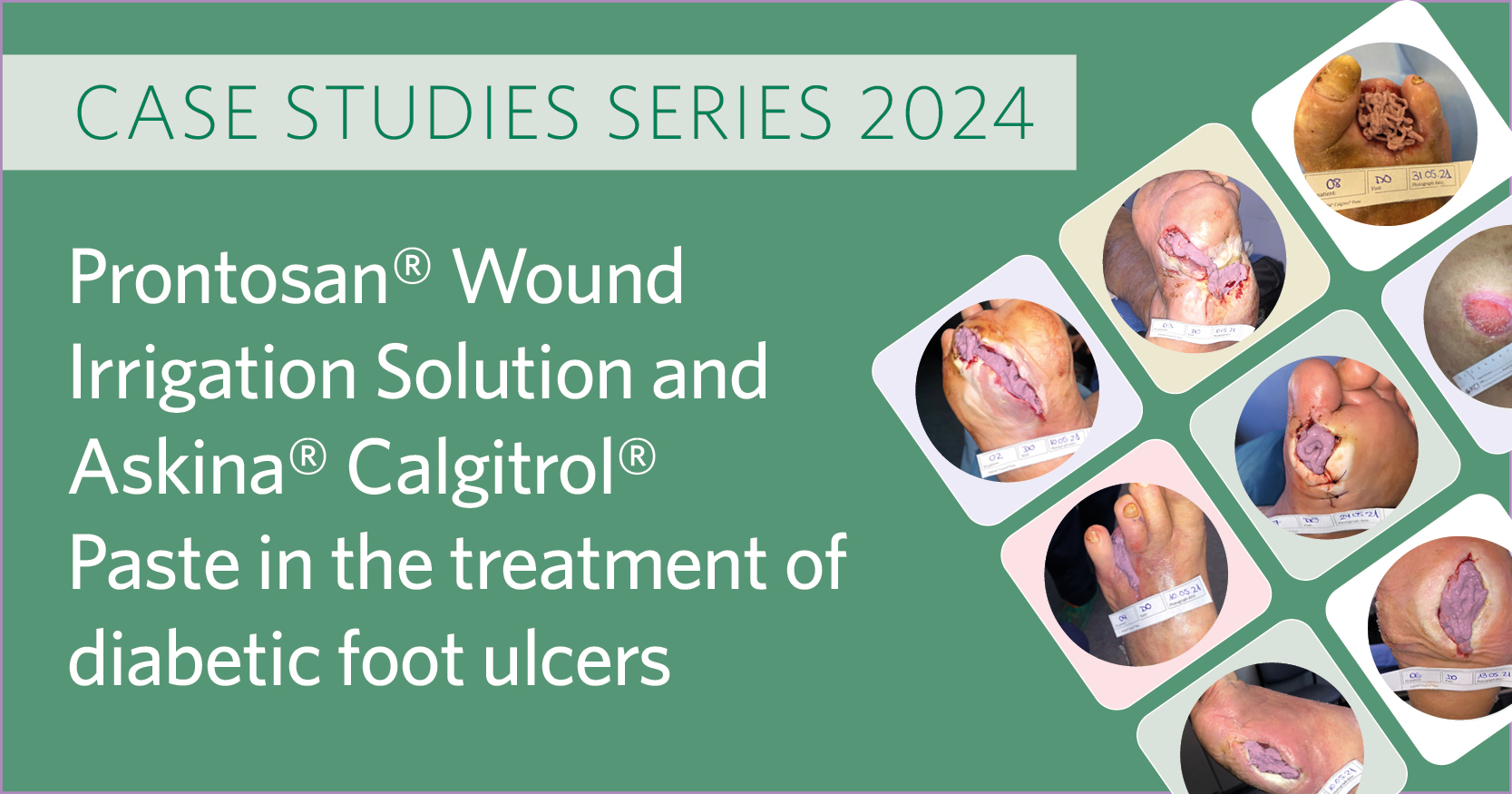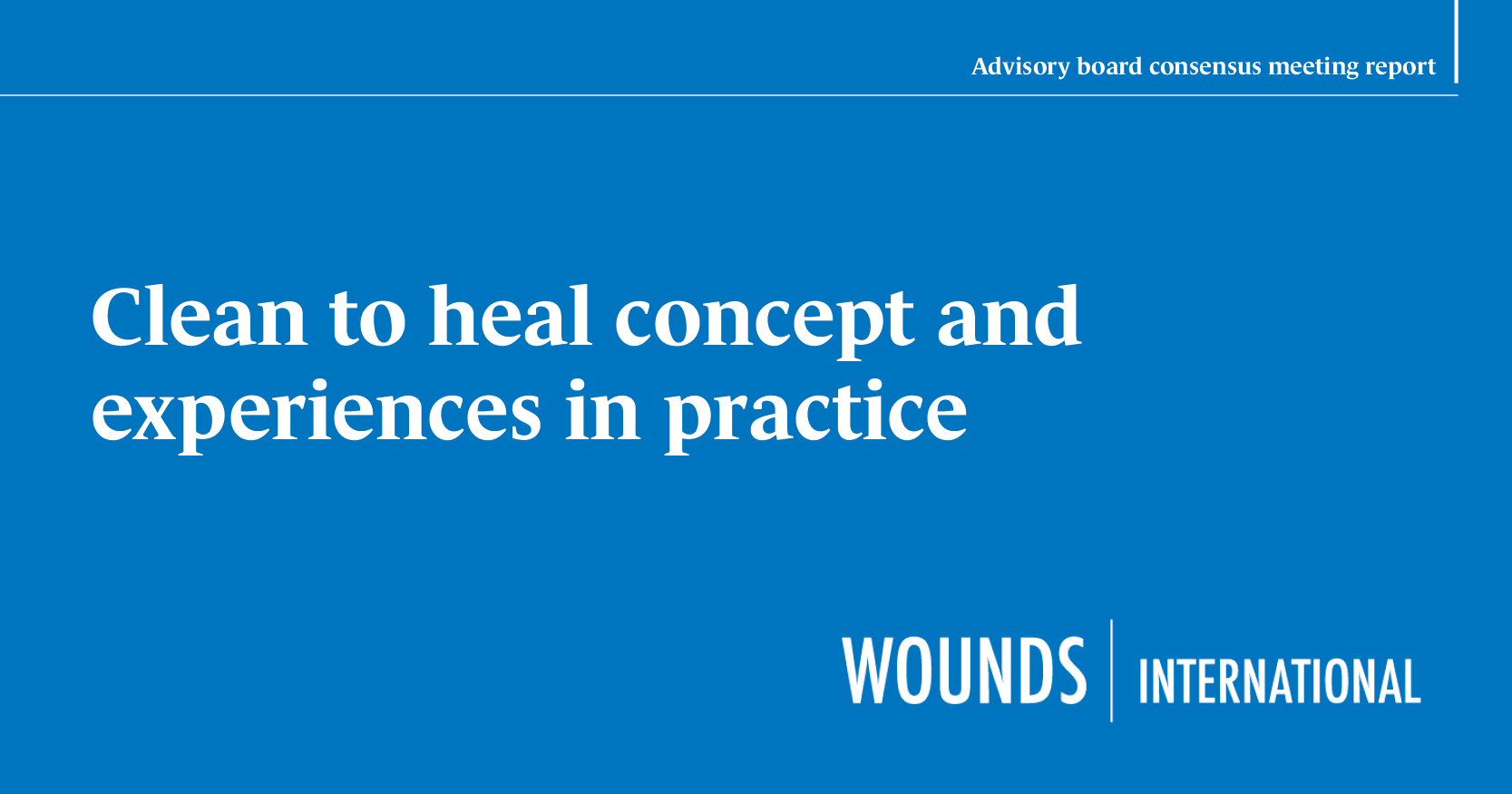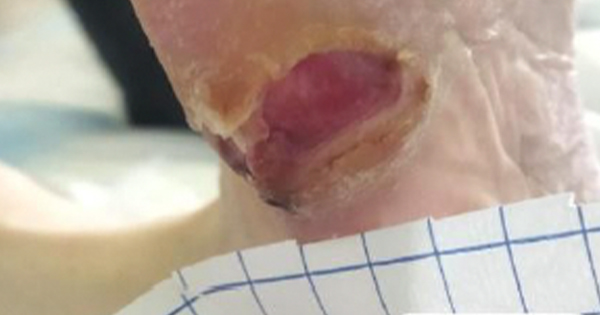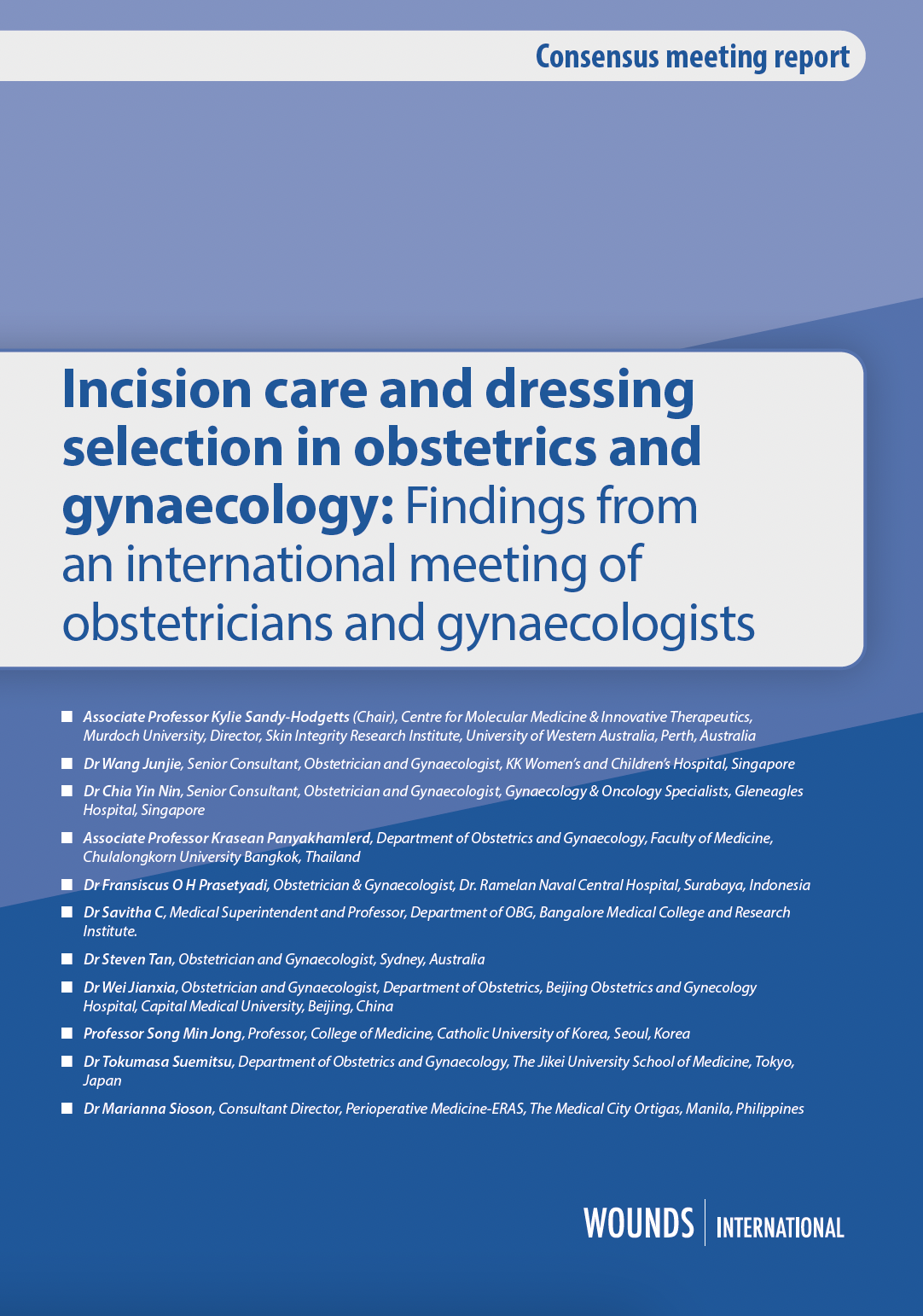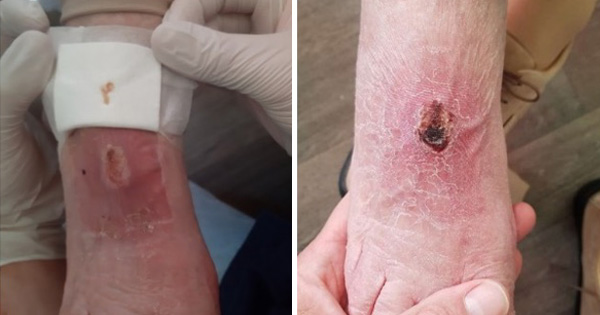Effective management of bioburden in wounds is essential for successful wound healing. However, it is estimated that biofilm is present in 60–100% of non-healing wounds (World Union of Wound Healing Societies, 2016). Cleansing and removal of the biofilm is essential but can prove difficult in practice. Conventional cleansing products, such as saline, are ineffective against biofilms. Thus, debridement becomes necessary to eliminate the biofilm, yet it must be as pain-free as possible for the patient.
The choice of wound dressings is also of vital importance. Driven by the increase in antibiotic resistance, topical antimicrobials such as silver are increasingly used in wound care (Fletcher et al, 2020). These dressings have multiple sites of antimicrobial action on target cells and are regarded as an important tool in modern wound care (Kramer et al, 2018). Silver dressings are indicated for use on acute or chronic wounds with local infection and have been demonstrated to have a broad antimicrobial effect. Ionic silver does not require activation with water or saline, ensuring that silver ions are readily available to exert antimicrobial action upon initial contact with the wound bed. This swift mechanism of action means that bacterial growth is inhibited, limiting the development of infection (Kędziora et al, 2018).
Prontosan® product range
Wound cleansing is a prerequisite for facilitating appropriate and proper wound healing. Prontosan® product range cleans wounds to create a wound environment optimal for healing. Its unique combination of betaine surfactant and polyaminopropyl biguanide (polihexanide) physically removes debris, slough and bioburden. In comparison with traditional wound irrigation solutions, wounds treated with the Prontosan® product range exhibited significantly shorter healing times (Andriessen and Eberlein, 2008; Bellingeri et al, 2016).
Prontosan® Wound Irrigation Solution, Prontosan® Wound Gel and Prontosan® Wound Gel X (B. Braun Medical AG) are indicated for cleansing and moistening of acute, chronic and infected skin wounds and burns. Additionally, Prontosan® Wound Irrigation Solution is ideal for moistening encrusted dressings or bandages prior to their removal.
Prontosan® Wound Gel and Prontosan® Wound Gel X are effective barriers, reducing microbial penetration through the dressing and provides long lasting cleansing and decontamination of the wound bed between dressing changes (Moore et al, 2016).
Askina® Calgitrol® (B. Braun Avitum)
The Askina® Calgitrol® range has been designed to deliver a controlled and sustained release of silver ions to the wound bed while being suitable for different levels of exudate and types of wounds (i.e. differing depth or flat wounds). The patented matrix formulation of Askina® Calgitrol® Ag combines calcium alginate and silver alginate. Upon contact with exudate, the alginate matrix transforms into a soft gel, facilitating the release of silver ions.
Specifically indicated for managing exuding wounds, the range addresses a spectrum from partial to full-thickness wounds, encompassing category I-IV pressure ulcers, venous ulcers, second-degree burns and donor sites. Notably, Askina® Calgitrol® Paste is ideally suited for the effective management of tunnel wounds and diabetic foot ulcers (Opasanon et al, 2012).
Askina® Calgitrol® Paste [see Figure 1]. conforms closely to the wound bed, helping to prevent any potential ‘dead space’ where bacteria may flourish. In addition to providing moisture, Askina® Calgitrol® Paste exhibits potent antimicrobial activity. It should be applied directly to the wound bed and securely covered by a secondary dressing (Askina® Foam or Askina® DresSil, chosen according to the level of exudate). This ensures that the paste remains in place and does not dry out. Importantly, it continues to release silver ions into the wound bed for the duration it remains in situ.
The product is supplied sterile in a tube with an extended cannula to aid in the precise application into tunnels, sinuses and wounds of varying depths. With a notably high concentration of silver ions (Ag+; 9.5-–14.8mg/g silver), Askina® Calgitrol® contributes to increased efficacy.
Askina® Calgitrol® products are versatile and effective in treating infections in both chronic and acute wounds, by reducing bacterial load, preventing bacterial multiplication in the wound bed, and actively promoting the healing process (Trial et al, 2010; Opasanon et al, 2012).
Askina® Calgitrol® in diabetic foot ulcers
Diabetic foot ulcers are complex wounds with a heightened risk of infection, which can have a severe impact on patients, carers and healthcare systems. Guest et al (2017) estimated the mean cost of care for a diabetic foot ulcer in the UK over 12 months to be £7,800 per ulcer. The annual cost of managing wounds is significant, with the study estimating the cost of healing wounds within the study year to be £2.1 billion, compared with £3.2 billion for the 39% of wounds that did not heal. Furthermore, the patient care cost associated with an unhealed wound was found to be 135% higher than that of a healed wound (Guest et al, 2017). As such, improving wound healing rates is associated with clinical and economic benefits.
Infection in diabetic foot ulcers not only leads to delays in wound healing but also increases the risk of amputation (International Wound Infection Institute, 2022). Without early and optimal intervention, wounds can rapidly deteriorate, necessitating amputation of the affected limb (Wounds UK, 2017). Therefore, it is vital to implement effective strategies in order to manage infection in diabetic foot ulcers to improve both patient outcomes and quality of life (Wounds UK, 2017).
The wear time of Askina® Calgitrol® dressings, coupled with their ease of removal with minimal trauma, positions Askina® Calgitrol® dressings and Askina® Calgitrol® Paste as an ideal choice for managing diabetic foot ulcers (Gallarini, 2013).
Conclusion
The following 10 cases are clinical assessments of the use of the Prontosan® product range and Askina® Calgitrol® Paste, an alginate paste dressing with ionic silver, in various types of diabetic foot ulcers for cleansing and wound bed preparation. The cases presented span a wide spectrum, ranging from wounds of a few days’ duration to those present for up to four years. In each case, a consistent approach was adopted, involving the application of Askina® Calgitrol® Paste for no longer than 29 days with weekly cleansing, surgical debridement and 2–3 dressing changes, adjusted according to exudate levels. Wound size was measured and assessed weekly using VISITRAK® (Smith+Nephew), which calculates the area based on simple tracings of wounds.
It was decided to use Askina® Calgitrol® Paste for these cases because the product is well-suited for irregular wounds or those with deep cavities, allowing the entire wound bed to be packed with the paste. Full coverage of the wound bed helps prevent bacterial growth, and the paste is effective for wounds with different levels of exudate.
The convenience of application is a significant consideration for busy clinicians, and these cases show how easy it is to apply Askina® Calgitrol® Paste, ensuring efficient wound coverage.
In diabetic foot ulcer management, where wounds may be slow to heal and treatment is long-lasting, patient comfort and satisfaction are particularly important. These cases highlight the improvement in the patient experience when dressing changes and wound cleansing are as pain-free as possible. Furthermore, the cases demonstrate the ease of removal of Askina® Calgitrol® Paste.

